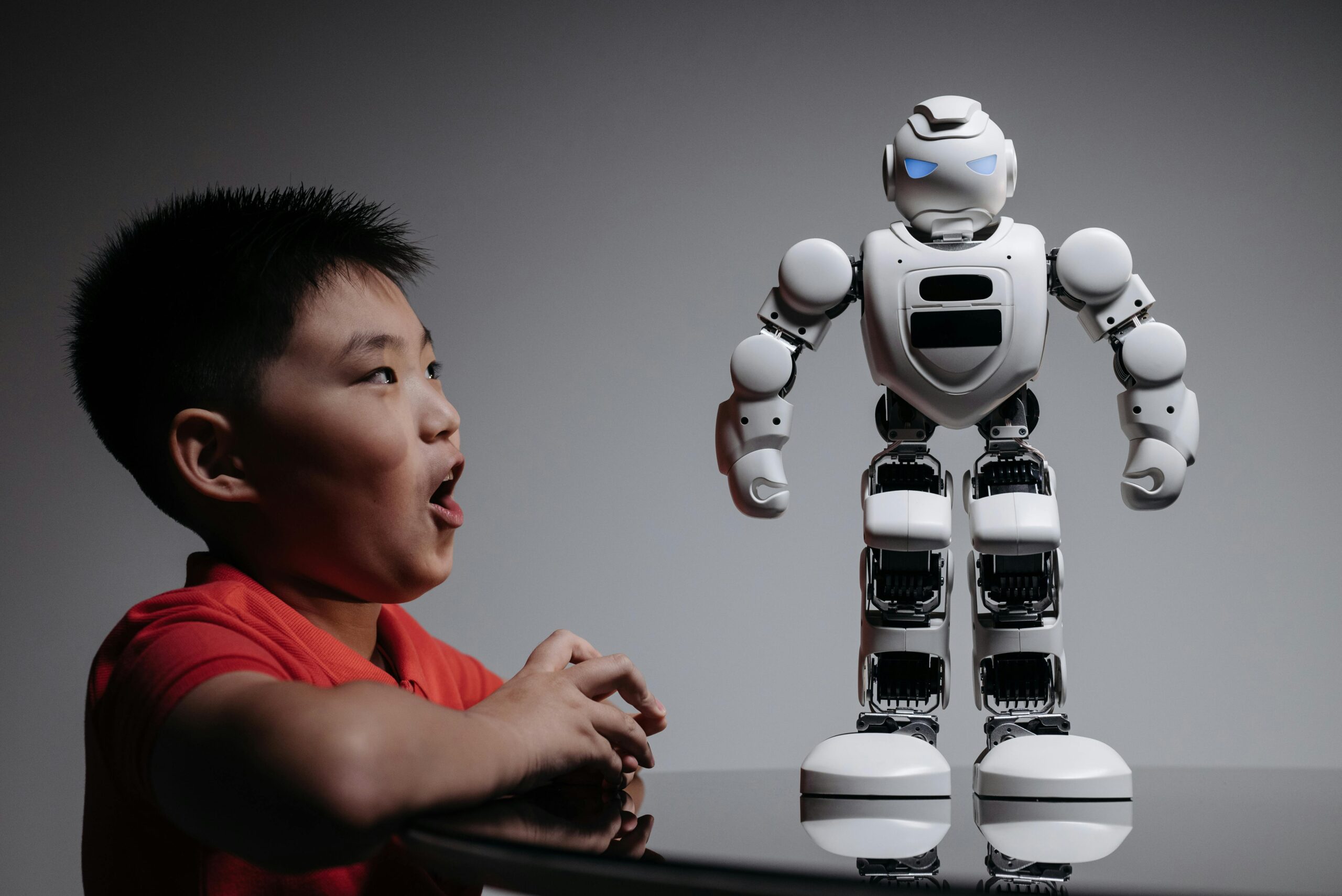Introduction
Generative AI has exploded in popularity since ChatGPT took the world by storm in 2022. But as we move into 2025, AI is evolving at a breakneck pace—far beyond simple chatbots. From hyper-realistic AI-generated videos to AI agents that automate entire workflows, the next wave of generative AI is set to revolutionize industries, creativity, and even how we interact with technology.
So, what’s next for generative AI? Will it replace jobs, enhance creativity, or introduce new risks? In this article, we explore the biggest trends, breakthroughs, and ethical challenges shaping generative AI in 2025.
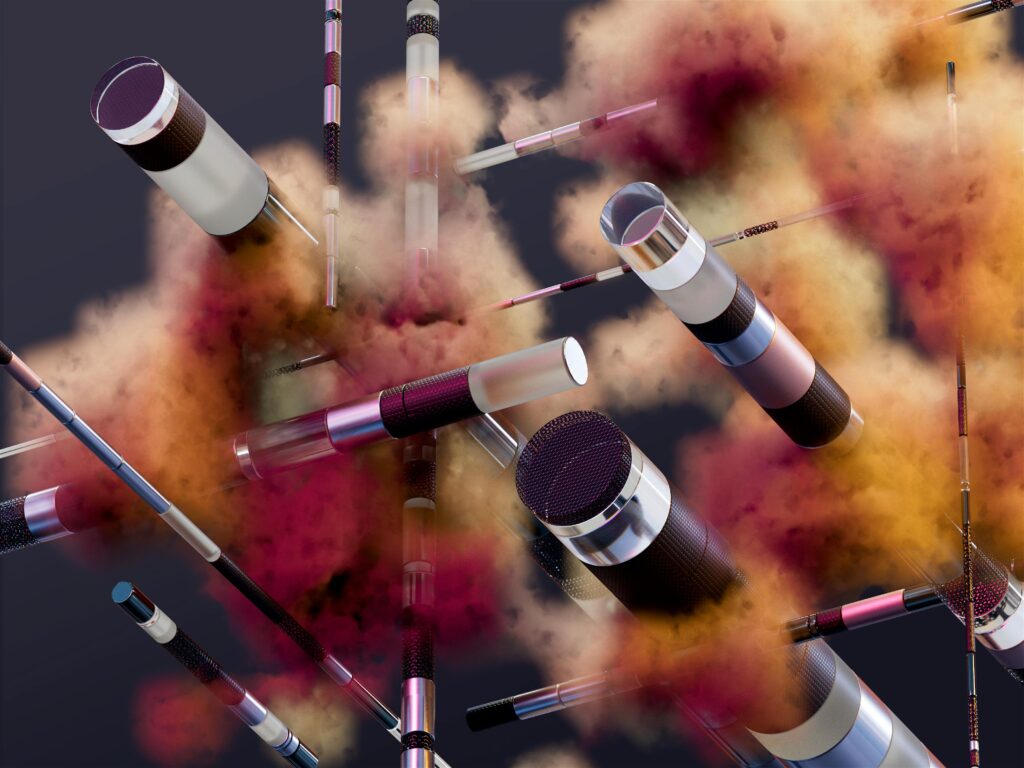
1. From Text to Full AI-Generated Movies & Music
🎬 AI Video Generation Goes Mainstream
- OpenAI’s Sora, Google’s Veo, and Stable Diffusion 4 now produce Hollywood-quality short films with minimal human input.
- Platforms like Runway ML enable indie filmmakers to create entire scenes with AI.
- Deepfake actors are being used in ads and low-budget films, raising ethical concerns.
🎵 AI Music That Sounds Human
- Tools like Udio and Suno AI generate radio-ready songs in seconds.
- Major record labels are signing AI-generated artists, blurring the line between human and machine creativity.
- Copyright battles escalate as AI trains on copyrighted music.
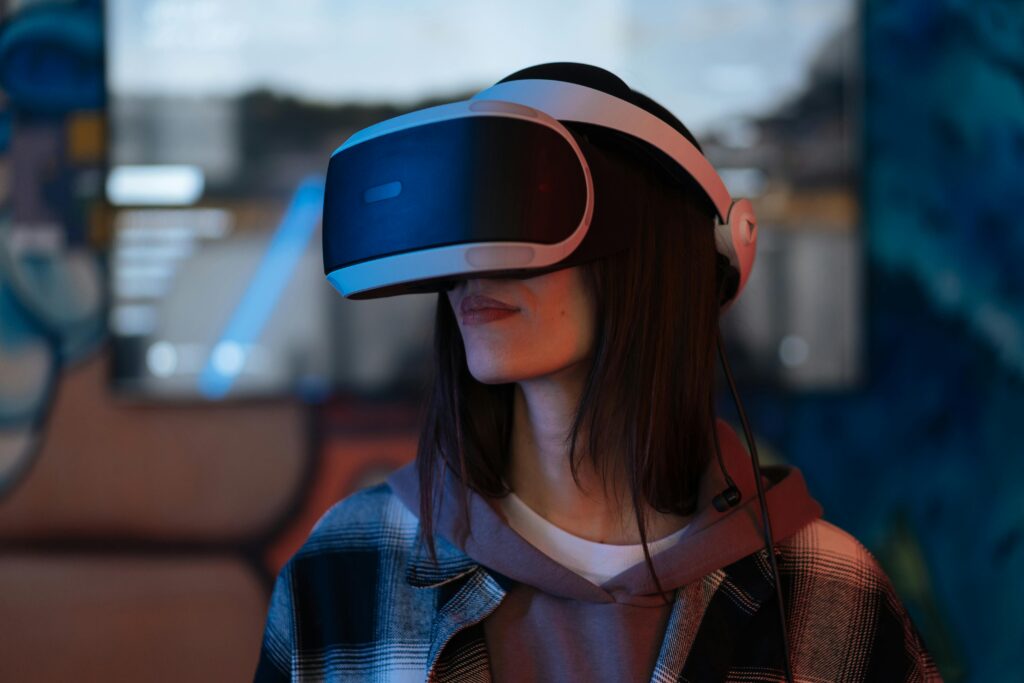
2. AI Agents: Your Personal Digital Workforce
🤖 Autonomous AI That Works for You
- GPT-5 and Gemini 2.0 can now autonomously complete tasks—booking flights, writing code, managing emails—without constant prompts.
- Companies deploy AI employees for customer service, sales, and even HR.
- “Agentic AI” (AI that learns and acts independently) sparks debates over control and safety.
💼 The Rise of No-Human Businesses
- Fully automated AI-run startups emerge, handling everything from marketing to product development.
- “Solopreneurs” leverage AI agents to replace entire teams.
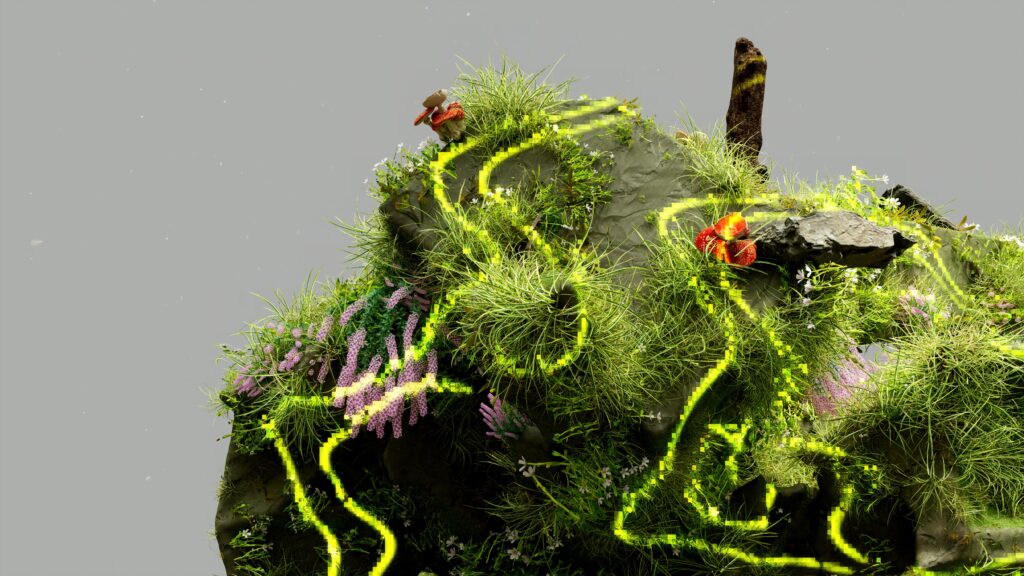
3. Multimodal AI: Beyond Text & Images
🌐 AI That Understands Everything
- The next-gen AI models process text, audio, video, and even sensory data simultaneously.
- AI “brains” for robots enable real-time interaction with the physical world.
- Google’s Project Astra and OpenAI’s Omni push toward real-time, context-aware AI assistants.
🖥️ AI-Powered Operating Systems
- Microsoft’s Copilot+ PC and Apple’s AI-Integrated macOS make AI a core part of computing.
- Your entire device becomes context-aware, predicting needs before you ask.
4. The Dark Side: Deepfakes, Scams & Misinformation
⚠️ AI Fraud & Identity Theft Surge
- Voice-cloning scams drain bank accounts in seconds.
- AI-generated fake IDs bypass facial recognition security.
- Governments rush to implement AI watermarking laws.

📰 The End of Trust? AI-Generated News & Fake Evidence
- AI-generated “news anchors” spread propaganda.
- Courts struggle with AI-manipulated video evidence.
5. The Future: Where Does Generative AI Go From Here?
🚀 2025 Predictions
- AI-generated TV shows dominate streaming platforms.
- AI lawyers & doctors handle basic consultations.
- Real-time AI translation kills language barriers.
- Open-source vs. corporate AI wars intensify.
❌ Will AI Replace Human Jobs?
- Creatives (writers, designers, musicians) face disruption but also gain AI-powered tools.
- White-collar jobs (law, finance, marketing) see massive automation.
- New jobs emerge in AI ethics, prompt engineering, and AI oversight.
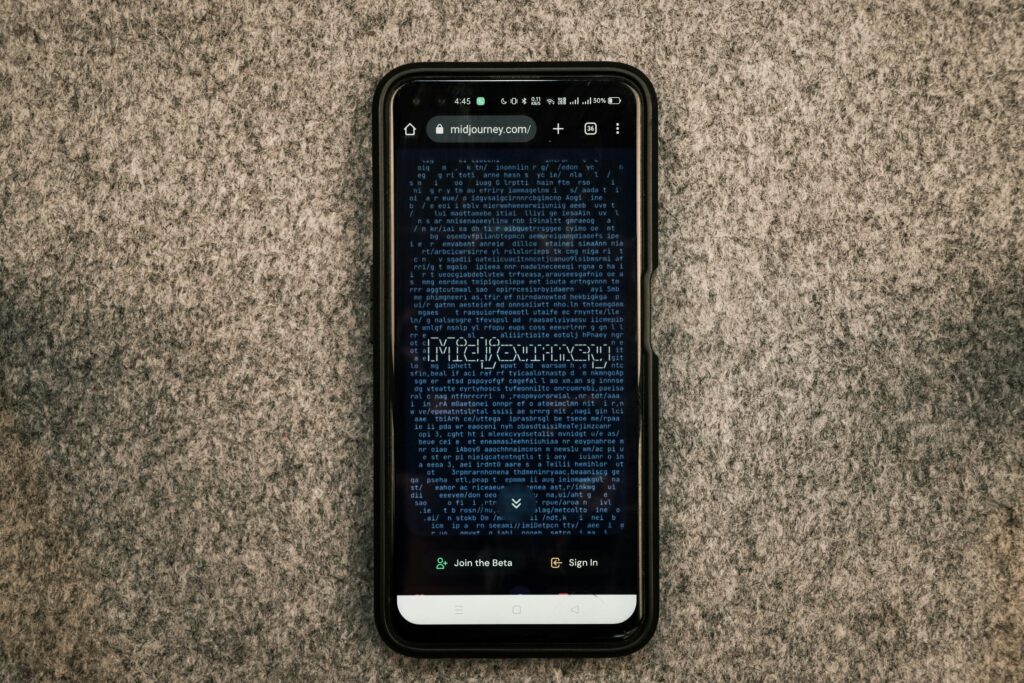
Conclusion: The AI Revolution Is Just Beginning
Generative AI in 2025 is no longer just a tool—it’s becoming an invisible layer shaping our digital and physical lives. While the possibilities are thrilling, the risks (fraud, job loss, misinformation) demand urgent regulation and ethical safeguards.
One thing is certain: AI won’t replace humans, but humans using AI will replace those who don’t.
What’s your take? Will AI unlock a utopia of creativity and efficiency, or are we heading toward a dystopian future? Let’s discuss in the comments!


